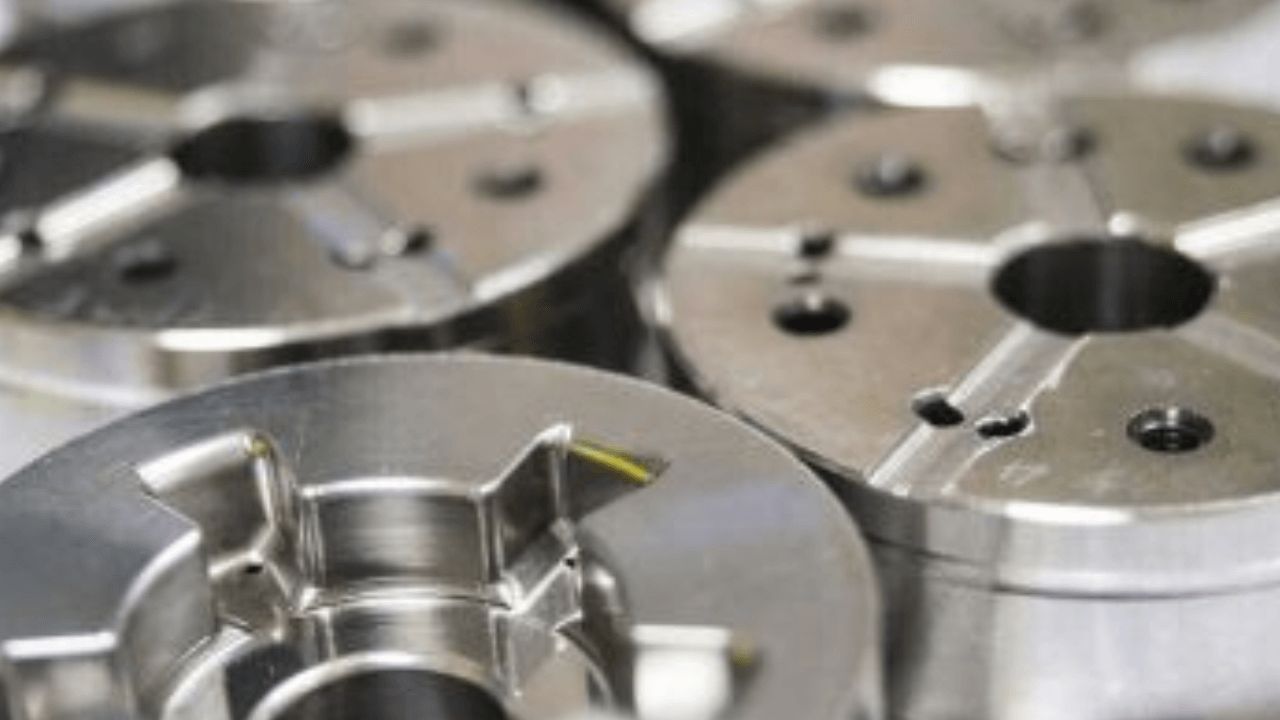The manufacturing industry's cornerstone is forging, a time-honored metallurgical craft that embodies the creativity and accuracy needed to turn raw metal into durable and precisely molded components. Forging, which has its roots in ancient blacksmithing practices, has developed into a complex process that combines tradition with cutting-edge technology.
By applying regulated compressive forces to mold metal, this innovative manufacturing process gives finished components outstanding mechanical qualities. For more details about the forging go to the official site. Forging is used in a wide range of industries, from aerospace and automotive to construction and beyond, as evidence of its lasting importance.
Where And Why Should Forgings Be Used?
Stronger pieces can be produced through the forging process than with any other method of metalworking. Forgings are typically found within assembled goods like cars, tractors, ships, oil drilling equipment, engines, missiles, and many types of capital equipment, to name a few, therefore you won't see them very often.
The Main Difficulties the Forging Industry Is Facing
Despite its many benefits, forging confronts a number of difficulties that have an impact on the sector. These difficulties include everything from operational and technological problems to financial and environmental constraints. Here is a thorough examination of some of the major issues the forging business is now dealing with
High Initial Capital Investment & Energy Intensity:
A significant financial investment in heavy equipment, heat treatment facilities, and cutting-edge automation technology is needed to set up a contemporary forging factory. For small businesses or recent sector newcomers, this first financial hurdle might be difficult to overcome. Energy is used a lot during the forging process, especially during the heating and shaping phases. Optimizing energy efficiency is a big challenge for the sector due to rising energy costs and environmental concerns.
Costs & Skilled Labor Shortages
Geopolitical concerns, market demand, and supply chain interruptions can all affect the price and availability of raw materials, particularly specialized alloys. Forging facilities must overcome these obstacles to keep production consistent. High-quality production requires qualified metallurgists, die makers, and forging operators. The industry has trouble finding and keeping skilled people, particularly as seasoned workers retire.
Complex Design & Global Competition
Complex tooling for forging processes can be difficult and time-consuming to design and make. Advanced design skills are needed to adapt to the production of new and complicated components, which can provide difficulties in terms of lead times and costs.
Global rivalry in the forging sector is fierce, especially among nations with lower labor costs. This may make it difficult for manufacturers in higher-cost regions to maintain their competitiveness due to pricing pressures.
Environmental Regulations & Rapid Technological Changes
Environmental standards that are strict in regard to emissions, waste management, and energy use can be difficult for forging operations to comply with. These requirements frequently necessitate additional expenditures for technology and operational procedures.
While technology breakthroughs might lead to gains, they often present difficulties due to their tendency to change quickly. Industry 4.0 and automation are two examples of new technologies that require constant investment and staff retraining.
Supply Chain Disruptions & Quality Control
The forging sector is vulnerable to supply chain interruptions brought on by calamities, geopolitical unrest, or worldwide pandemics. The availability of raw materials and the prompt delivery of components may be affected by these interruptions.
Forging requires maintaining consistent quality, especially for parts used in safety-critical applications. It can be difficult to adhere to strict quality requirements and gain certifications; this calls for effective quality control procedures.
Transition to Sustainable Practices & Market Volatility:
Sustainability is becoming more and more important, yet forging is an energy-intensive operation, making it difficult to switch to more sustainable methods. It is a difficult undertaking to strike a balance between economic viability and environmental concerns.
Market swings, economic downturns, and changes in demand from important industries like automotive, aerospace, and construction all have an impact on the forging business. Strategic preparation and flexibility are needed to navigate through this uncertainty.
Bottom Lines
Last but not least, there are several ways that forging affects safety and dependability. Due to their superior mechanical properties, increased material integrity, and the ability for customization, forged components are the preferred option in safety-critical applications. A product's overall safety and dependability in a range of industries are considerably increased by its capacity to withstand strain, exhaustion, and challenging conditions.


